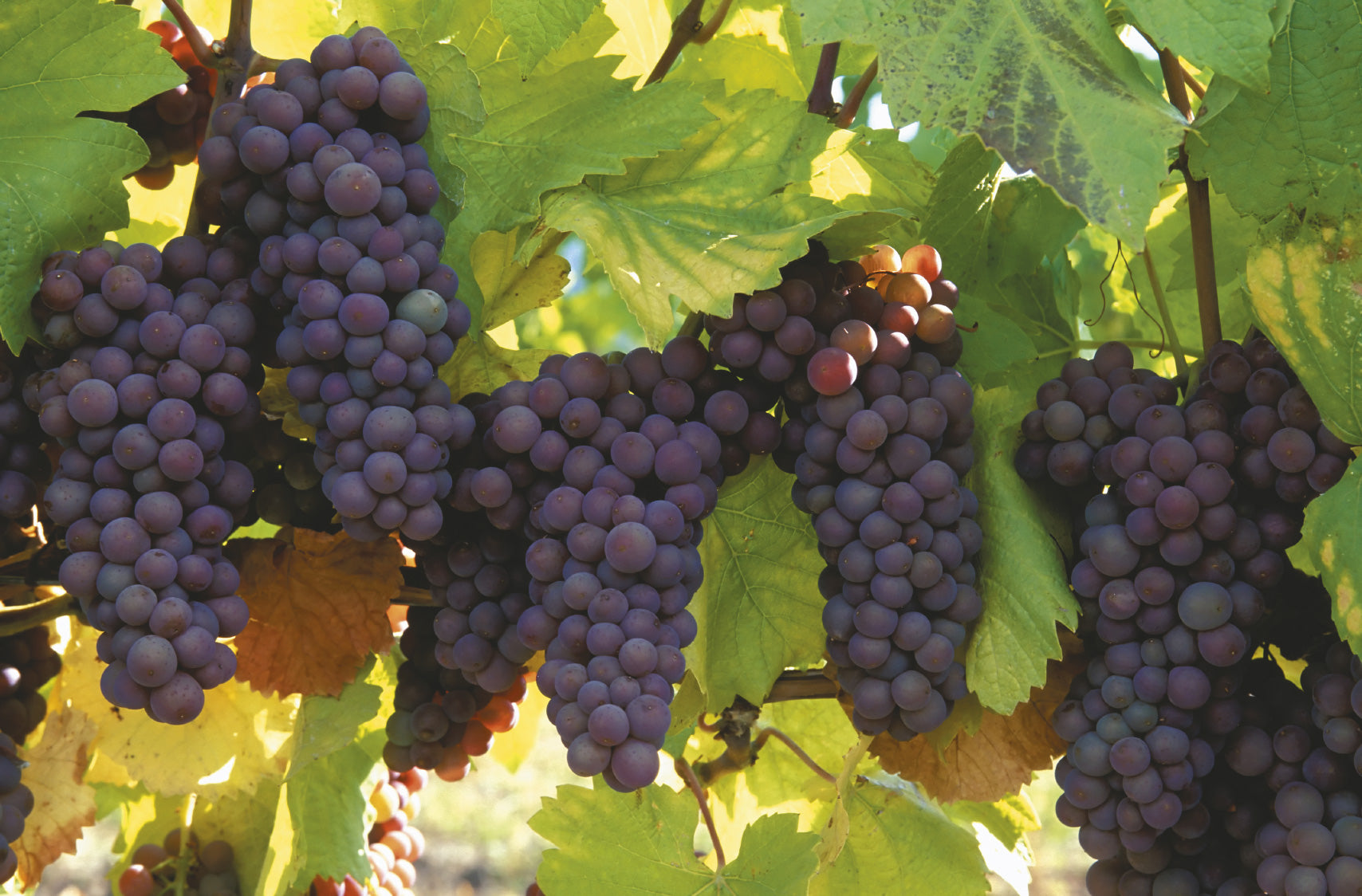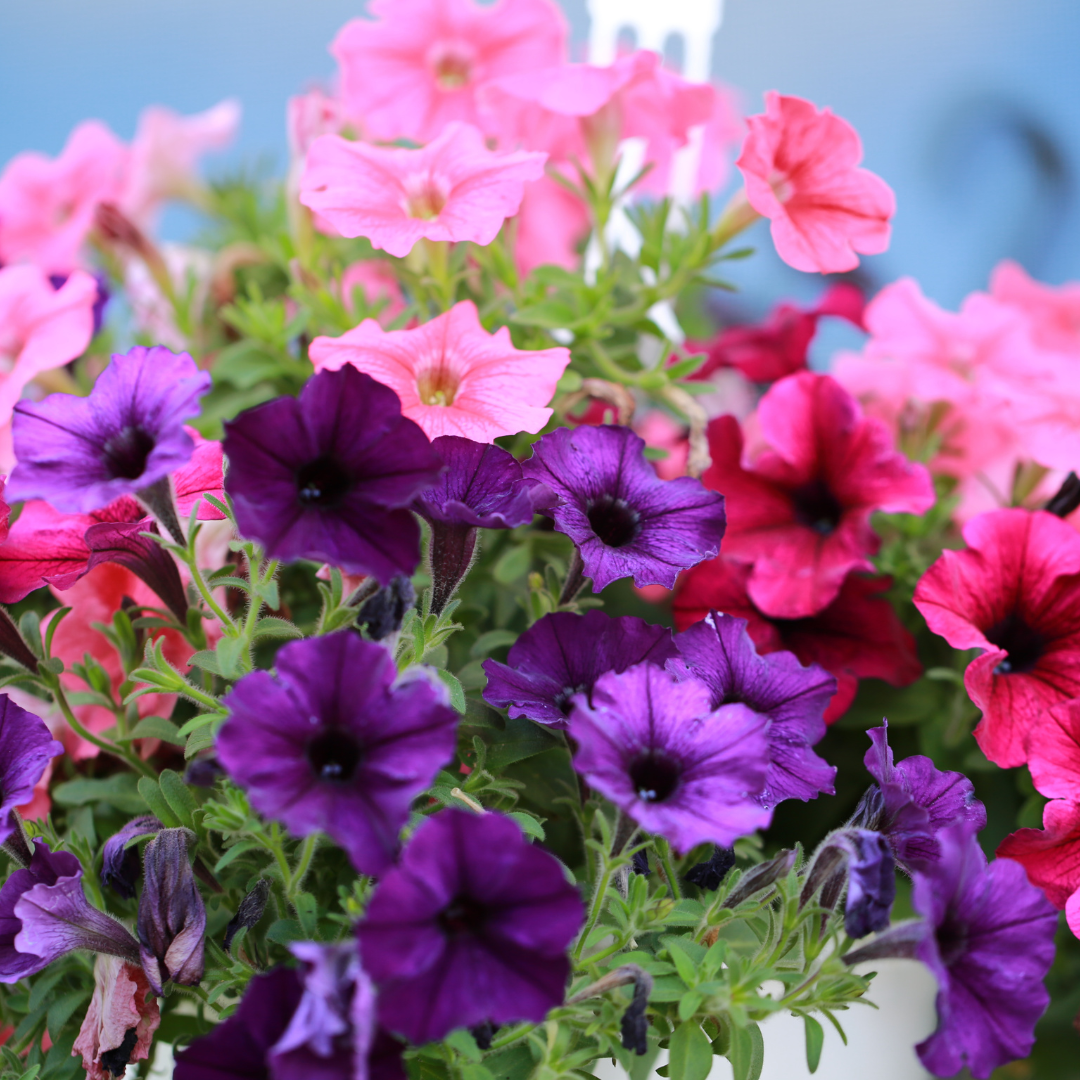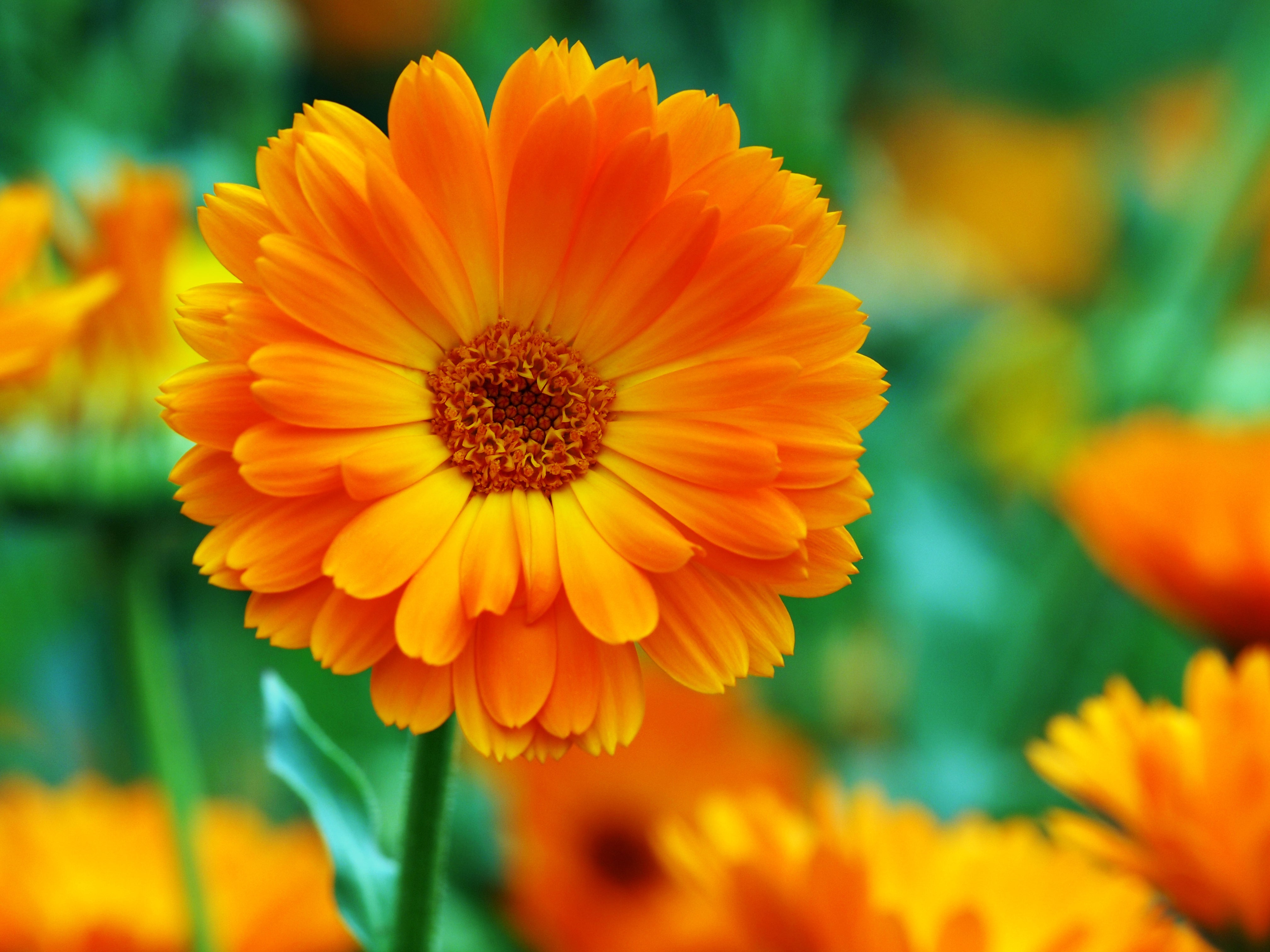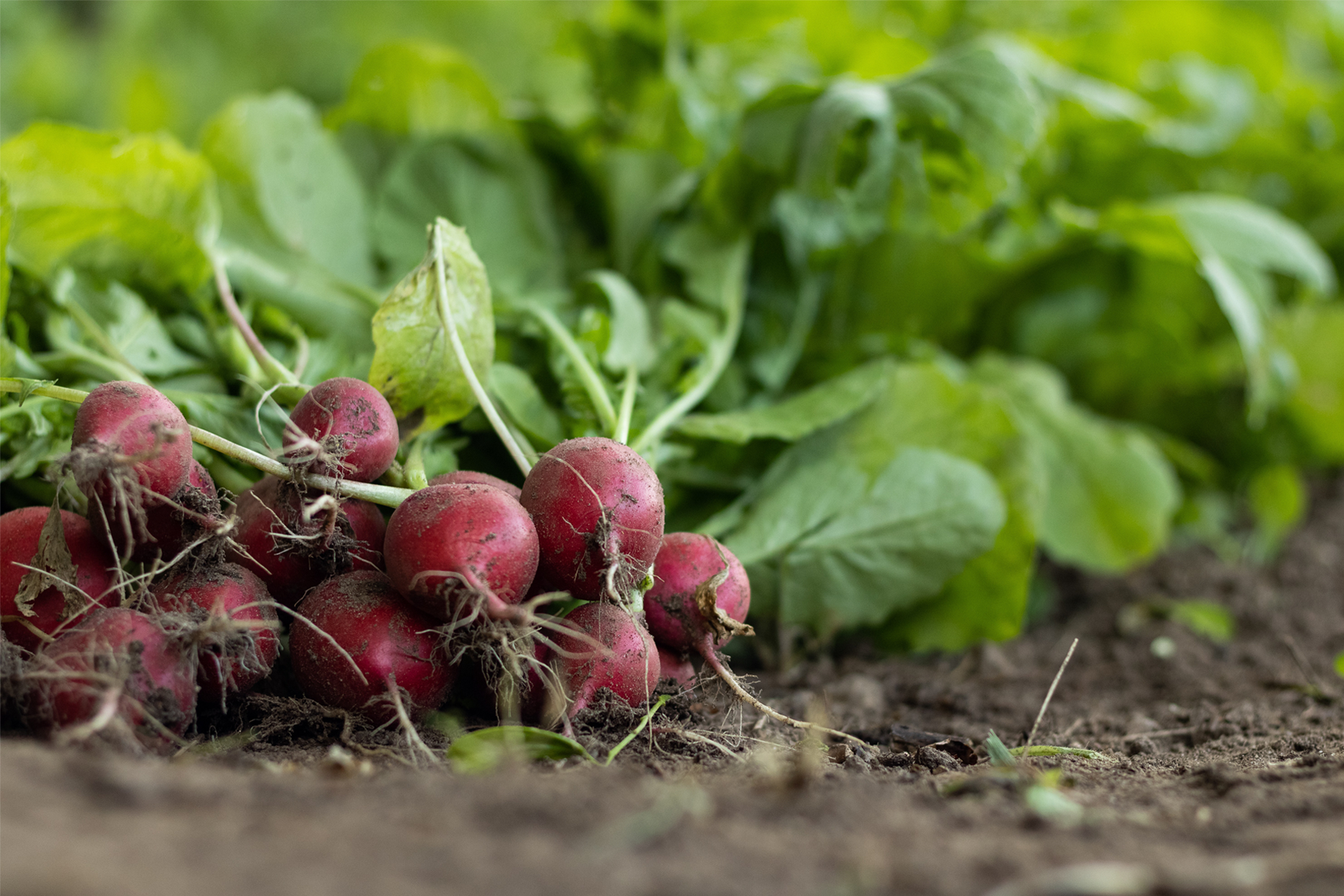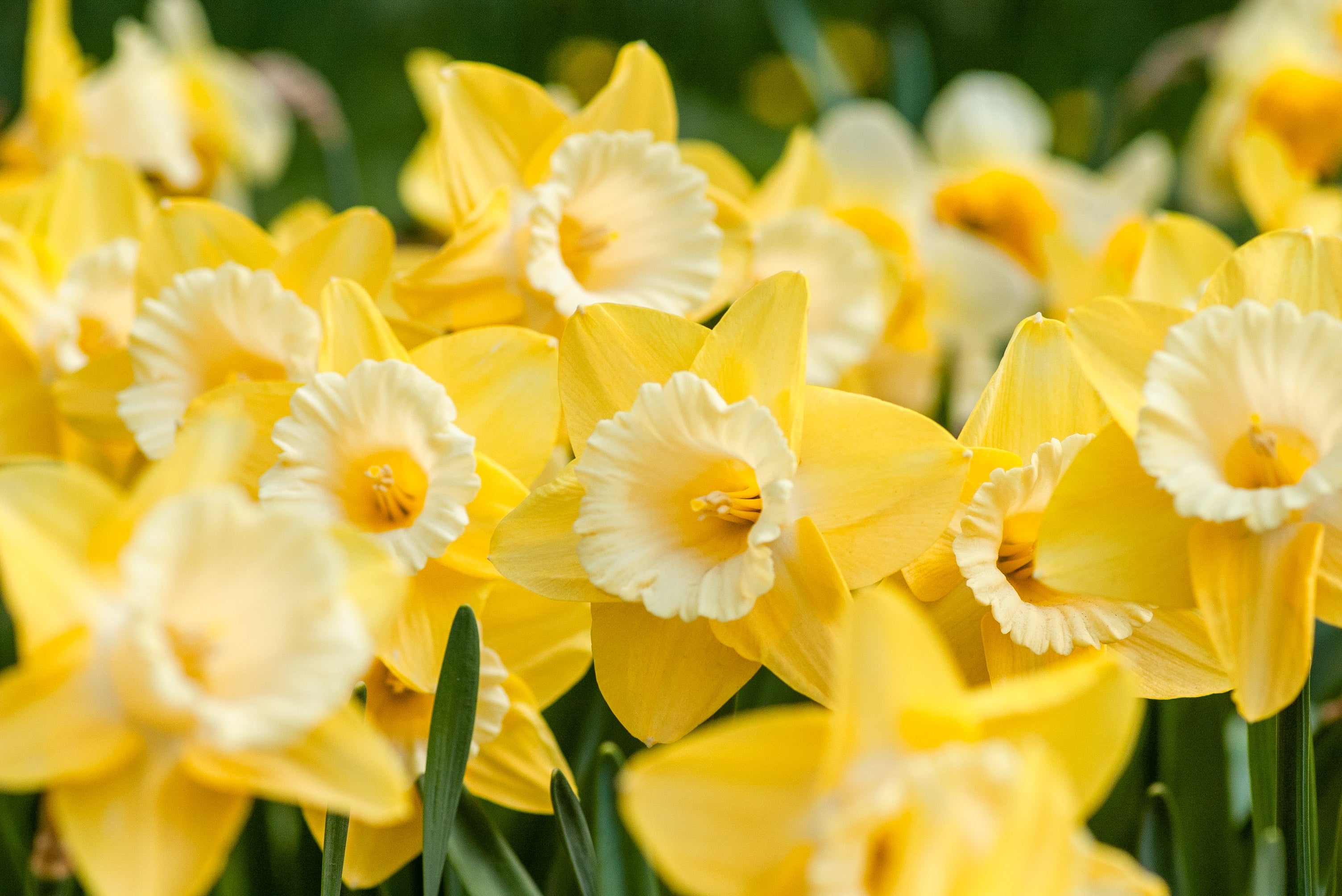Grow grapes where they will receive full sun with good air circulation.
Planting
Plant out after the risk of frost is over. If the vine is dormant cut back to 2 or 3 buds. Dig a hole slightly larger than the containers the grape is in at present add compost and a slow release fertiliser. Sprinkle the fertiliser around the edge of the hole to make the roots stretch for it. Water thoroughly. Plant vines 1.5 – 3 metres apart, depending on the vigour of the variety. Protect with a slug and snail repellent at the onset of leaf growth.Watering
Ensure the vine receives consistent watering, particularly over late spring/summer when the fruit is setting. You may need to give a good deep watering just prior to bud burst if the winter has been dry. Mulching with materials such as Tui Mulch ‘n’ Feed will help prevent moisture loss and prevent weed growth. Remember to keep the mulch clear of the trunk.Feeding
Feed with a fertiliser such as General Garden Fertiliser in early spring and once again in the growing season whilst the vines are young. Keep the fertiliser away from the trunk and water in well.Pruning
The vines need to be pruned each winter when dormant. There are two forms of pruning to achieve the maximum amount of fruit:Spur pruning
This system is excellent for training vines over fences and pergolas. The trunk is trained to the required height and two lateral arms are maintained. All the canes arising from these two main arms are pruned back leaving 2 or 3 buds at the base at intervals of 15-20cm apart along the main arms. All other canes should be pruned out, as well as any shoots which arise from the main trunk. Each of the 2-3 buds produces canes in spring then produce fruit in summer-autumn. The following winter cut off the upper 1 or 2 canes and prune the lowest one back to 2-3 buds. This lower one is the spur which gives rise to the next season’s canes and fruit.Cane pruning
A trunk is trained to the required height and two lateral arms developed. All the canes that develop from these two main arms are pruned back to 8-12 buds in winter, and the main arms are kept short. Select only 3 or 4 strong canes on each arm, and wrap these around the wire/trellis or tie them to the fence. Select another 3 or 4 canes to be shortened back to 2 buds only. Remove all other canes. The 3-4 canes that have been wrapped around the support will provide the fruit canes for this year, whilst the shortened canes provide the fruit the following year.Pests and diseases
A preventative spray programme is shown below.| Time | Pest/Disease | Control |
| August | Scales, mites, mildew, black spot, | Copper Oxychloride & Conqueror Oil |
| Bud Swell | Scales, mites, mildew, black spot | Copper Oxychloride, Enspray Oil & Mavrik |
| Bud burst, pre-blossom,post fruit set and at 14 day intervals | Downy mildew, powdery mildew, black spot | GroSafe Fungus Fighter |
| Post fruit set | Leaf roller, aphids, mealy bug | Enspray Oil |
Grape Varieties
There are many varieties of grapes available. Included in this leaflet are some of the more popular varieties. For further information on varieties available please speak to a member of staff. Green Grapes: Interlaken Seedless moderate crops of small sweet green juicy berries in small to medium bunches. Pleasant mild labrusca flavour. Fruits mid January a good early variety. Niagara the top selling green variety. Regular heavy crops of medium strong aromatic white “jelly” textured labrusca flavoured berries in medium-large bunches. Very hardy and vigorous. Fruits mid season. Diamond good crops of large greenish yellow “jelly” textured berries in medium compact bunches. Strong labrusca “pineapple” flavour. Hardy variety fruits mid season. Black Grapes: E.A Robinson regular crops of medium – large mild black labrusca flavoured berries in medium sized bunches. A reliable cropper in cooler areas. Hardy variety fruits mid-season. Albany Surprise the top selling black variety. Heavy crops of medium sized bunches of large mild labrusca flavoured juicy black berries with a jelly texture. Hardy variety fruits mid-season. Pink/Red Grapes: Candice Seedless moderate to heavy crops of medium red, fleshy, thin skinned berries. Excellent mild labrusca flavour. Fruits mid-season. Disease resistant, one of the best seedless varieties.Position and Soil Types
The best situation for grapevines is where they receive full sun with good air circulation. They will need some protection against strong winds. Train them over trellis, pergolas or around a patio or veranda. Grapevines require a good deep soil that drains well. Adding sand or small stones to the soil will help improve drainage in heavy soils. A ph in the range of 5.5 – 7.0 is ideal. If you are unsure of the ph of your soil. Ph soil tester kits are available in store. With a little time and effort you too can have the satisfaction of picking home grown fruit directly from the vine.
This ‘How To’ Guide has been produced to provide basic information and our experienced staff are available to answer any questions that you may have. Because this guide is of a general nature, neither Palmers nor its staff are responsible for the application of the information, as the contents may need to be modified for individual projects and site applications.

